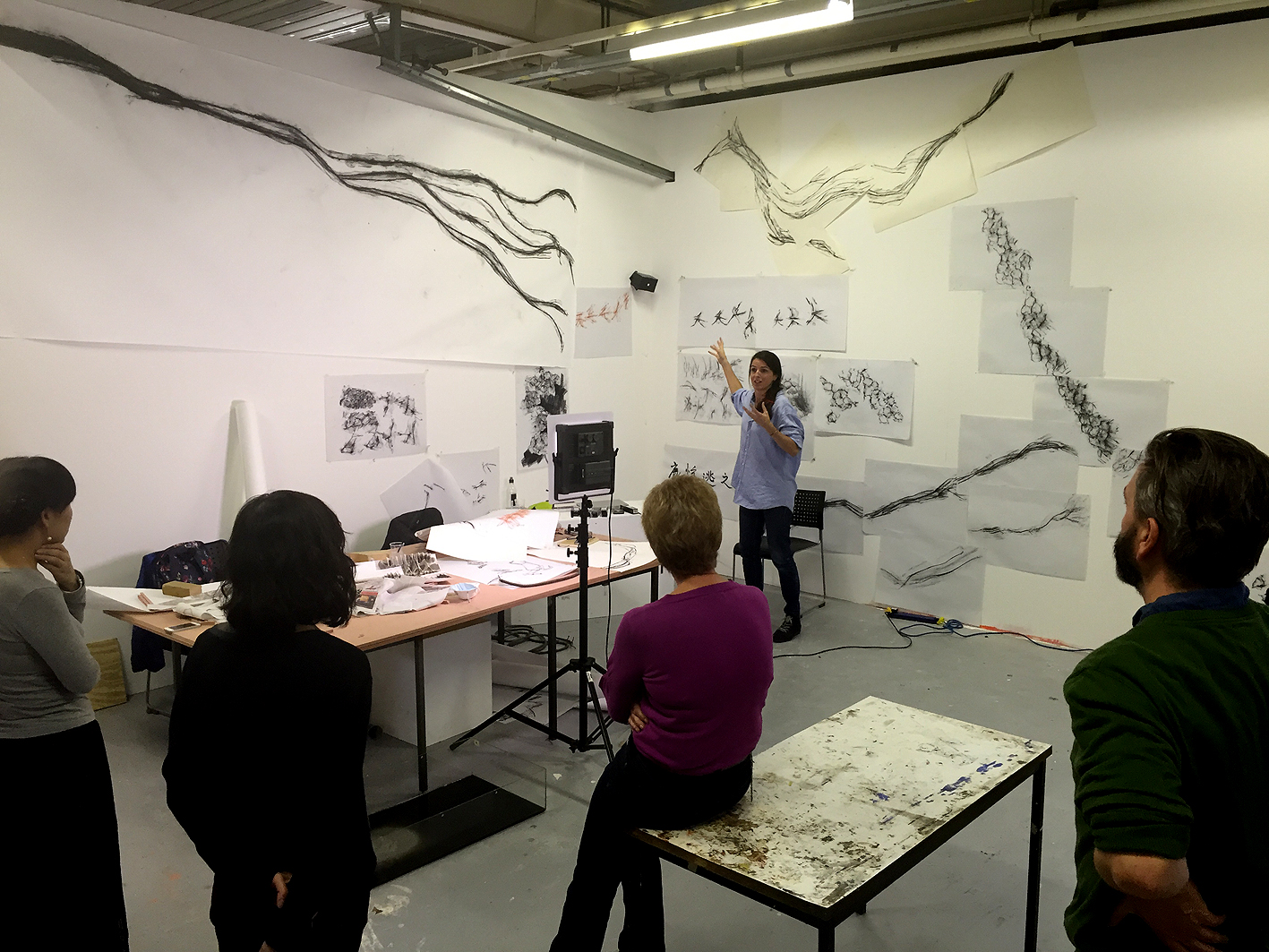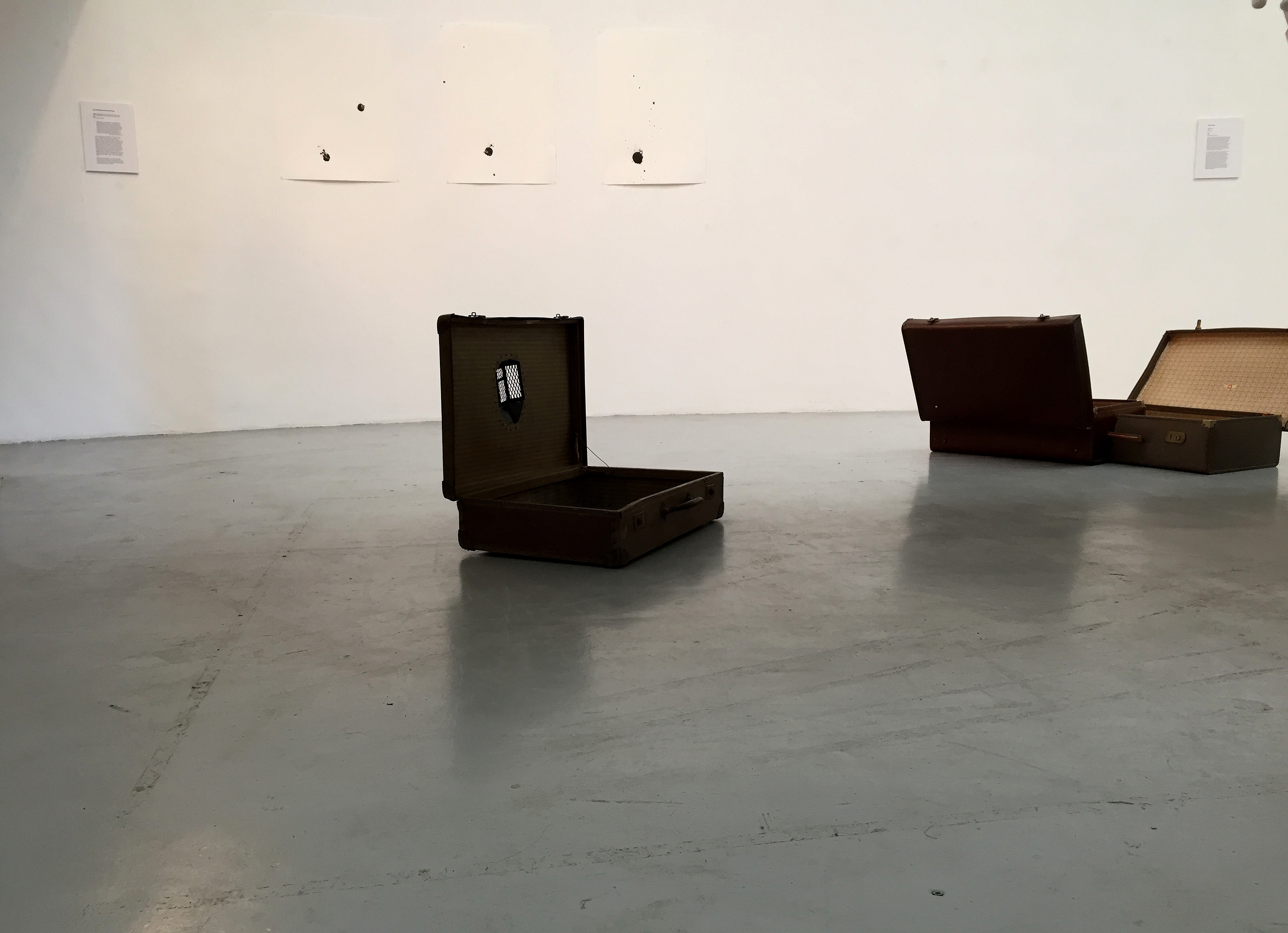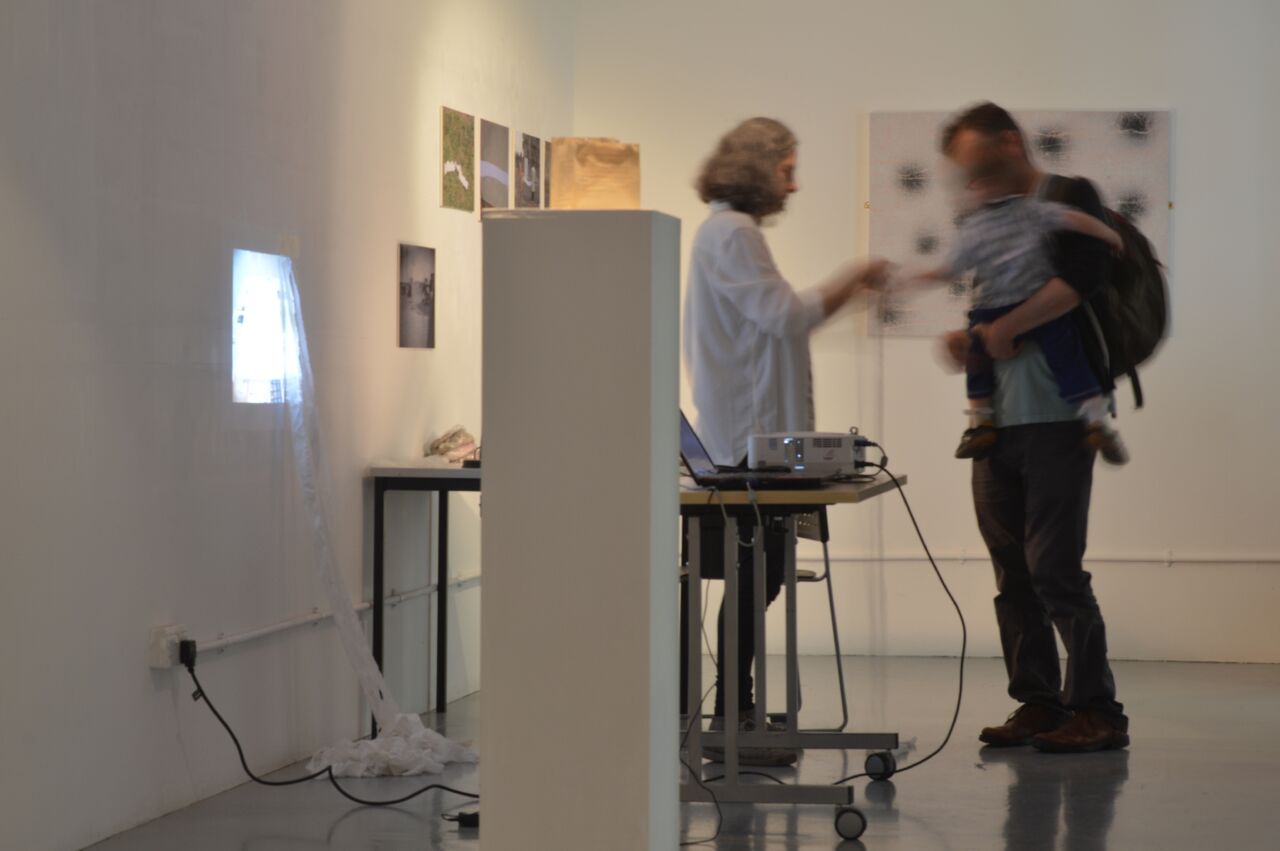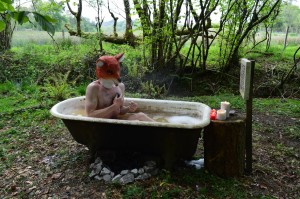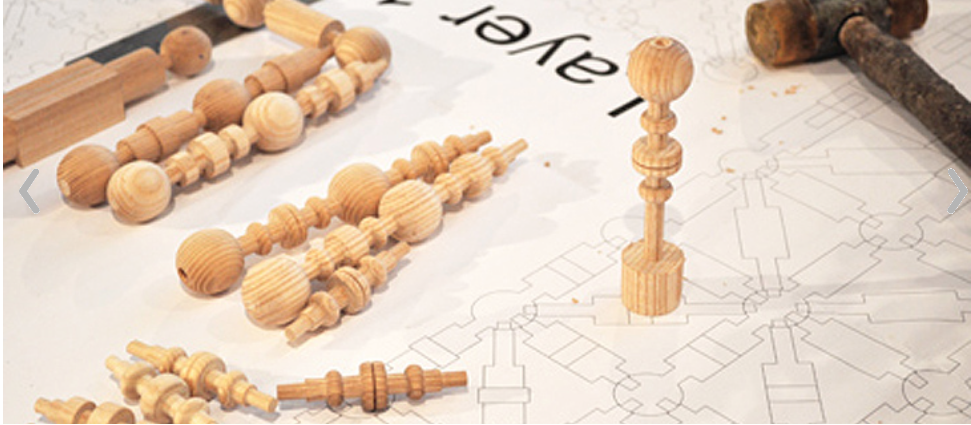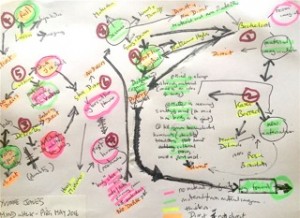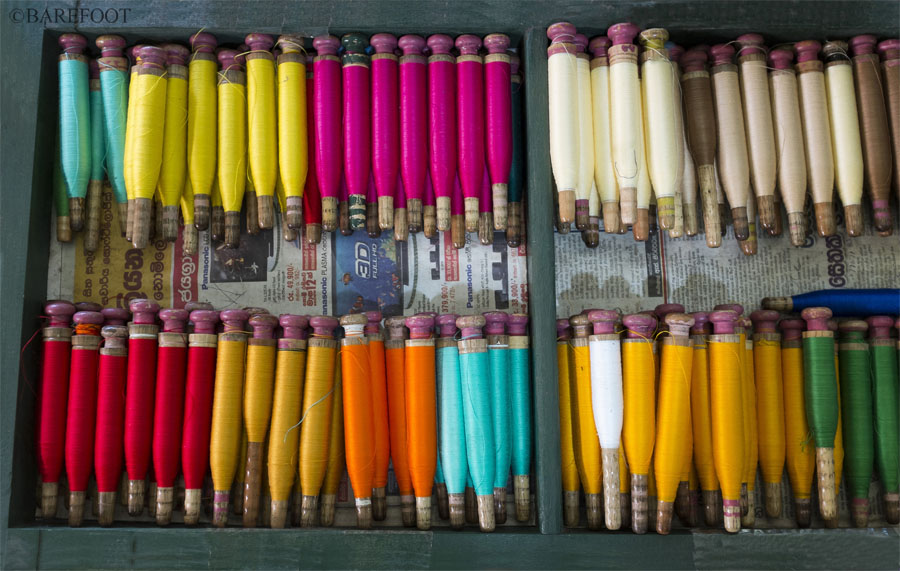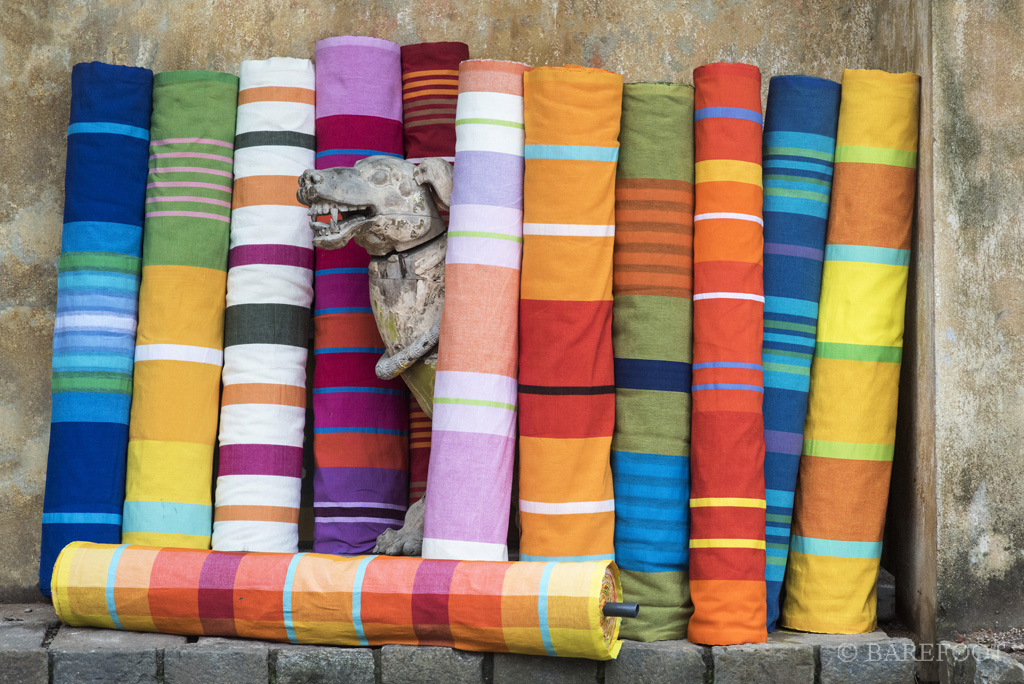The PhD Studio Intensive ran for a whole week, between 14-18 November 2016. Situated in a large shared space (just off of the main sculpture studio), participants were encouraged to work intensively to explore their own areas of practice, but within the context of a collective environ.
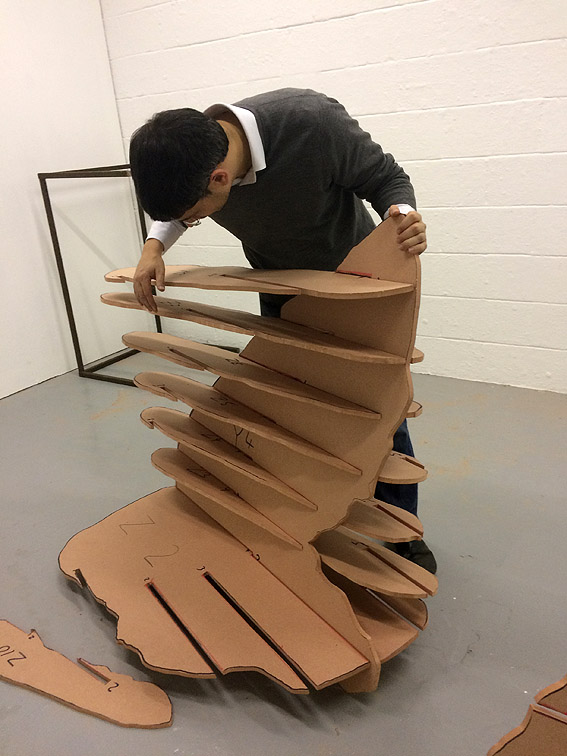
Led by Ian Dawson and Sunil Manghani, who themselves were collaborating in making sculptural works, the intensive week brought together a number of our practice-based researchers: Cheng-Chu Weng, Lucy Woollett, Tessa Atton, Noriko Suzuki-Bosco, Eria Nsubuga, Rebeca Font, Elham Soleimani Bavani, Sarvenaz Sohrabi, Yang Mei, Jane Birkin, Abelardo Gil-Fournier and Jonty Lees. The areas of practice spanned widely, including graphics, installation, photography, painting, drawing sculpture, mixed media and social art practices. The studio was also visited by Gordon Hon, Victor Burgin, Daniel Cid, Jussi Parikka and Ryan Bishop over the course of the week, adding to the discursive and makerly dialogues that ran throughout.
The underlying approach to the workshop and the aim of bringing fellow practitioners together for a full week was to echo the Triangle Workshops set up by Anthony Caro and Robert Loder back in the early 1980s, which led to projects and partnerships in over 40 countries worldwide. It all began with an artists’ workshop in Upstate New York, in 1982, which brought together around 25 emerging and mid-career artists from the US, Canada and UK. They spent two weeks making work. In placing emphasis on the process of making work, rather than the product, the workshop provided time and space to explore new, independent work informed by the exchange of ideas and the sharing of knowledge and skills.
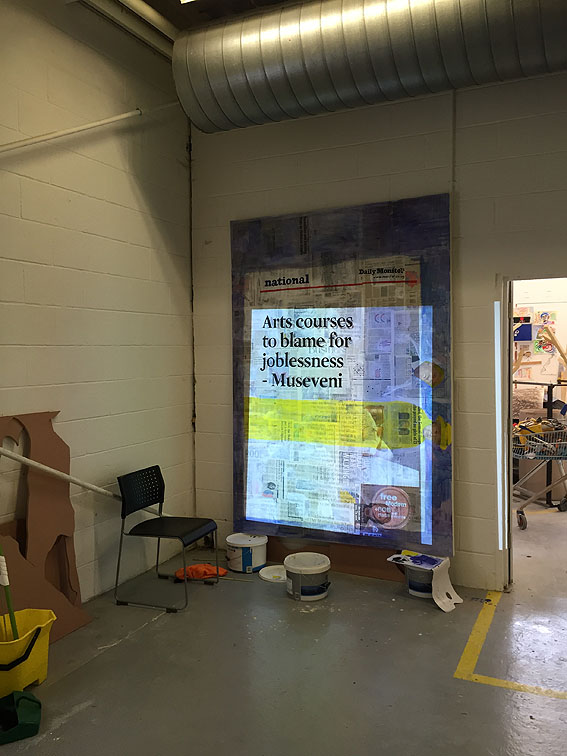
Comments from members of the group:
‘I enjoyed the Studio Intensive Week so much… I have returned full of enthusiasm, energy and a thousand ideas inside my head. […] I took with me, Eria’s feelings (the conversations I had with him about politics and his country), Yang’s brushwork (and her calm), Elham’s line, the shadows of Cheng-Chu, the invisible presence in Jane’s photos, Tess’s tenacity (and her immense kindness), and an unforgettable presentation and discussion of my work with everyone. I take all the comments and thoughts of that moment with me’ – Rebeca Font
‘I still keep thinking on the conversations and shared experiences that took place. It is very interesting to cohabit a space while being involved in practice-based work. Space becomes electrical somehow, with lots of interferences and thoughts sparking all around. Making practice public also exposes both bodies and ideas in a very different way, and in this sense I particularly enjoyed knowing you all in this non-seminar type of situation’ – Abelardo Gil-Fournier
‘…the Studio Week was very useful as it gave us the chance not only to create art but also to witness the creation of other art objects/projects by other artists. [It was a] week to learn/create art, explore new techniques and materials and have interesting and inspiring dialogues with other artists’ – Elham Soleimani Bavani
‘Working with different researchers from different cultures is really very interesting. We create our works with different themes. Because of our different cultures and backgrounds, we experience a fusion and collision of ideas’ – Yang Mei
‘Time, space and other artists – three luxuries that are rarely available concurrently – were offered to us freely for a week. I greedily optimised this opportunity by turning a photographic negative into an installation and by working with other artists on different aspects of my larger project, all the while building relationships with the interesting and diverse group I am fortunate enough to be part of. An excellent week’ – Tessa Atton
‘I was quite uncertain at first about how to go forward with this kind of space. I was greatly inspired by the space and how everybody went around ‘conquering it’. I think Rebeca literally did that! And the Rotunda wacky race was great. Thanks Lucy and Noriko, and for the wonderful portrait Lucy. I enjoyed the work of everyone in the workshop even if i have not mentioned names. A big thank-you to Ian for the great hand of support and for the space. I hope to work in it again. Thanks Sunil for leading by example and being part of the whole experience. I was inspired by that’ – Eria NsubugaIt was the first time to see people’s working process rather than seeing the result of work. While we might have been slightly nervous working with each other, through sharing the studio space any apprehension seemed to disappear. Moreover, through giving each other support and feedback, a sense of learning from each other could be seen in this context, similar to the spirit to the former accounts of Black Mountain College. – Cheng-Chu Weng‘The studio week great opportunity to push things forward in the practice realm. Be it by creating work and projects through material, performative or dialogical processes. It was a great catalyst for discussion on socially engaged practice for Noriko using the context of the school’s very own Brutalist Rotunda. An inside, outside space which will become the focus of further enquiries. Both past and present PhDs, Bevis and Jonty joined in and contributed to the conversation. I also spent some time painting Practice Portraits of Artists in process either in the act of making, thinking or talking about work. Thanks, It was great to work with everyone and get a dialogue going on about our practice’ – Lucy Woollett
